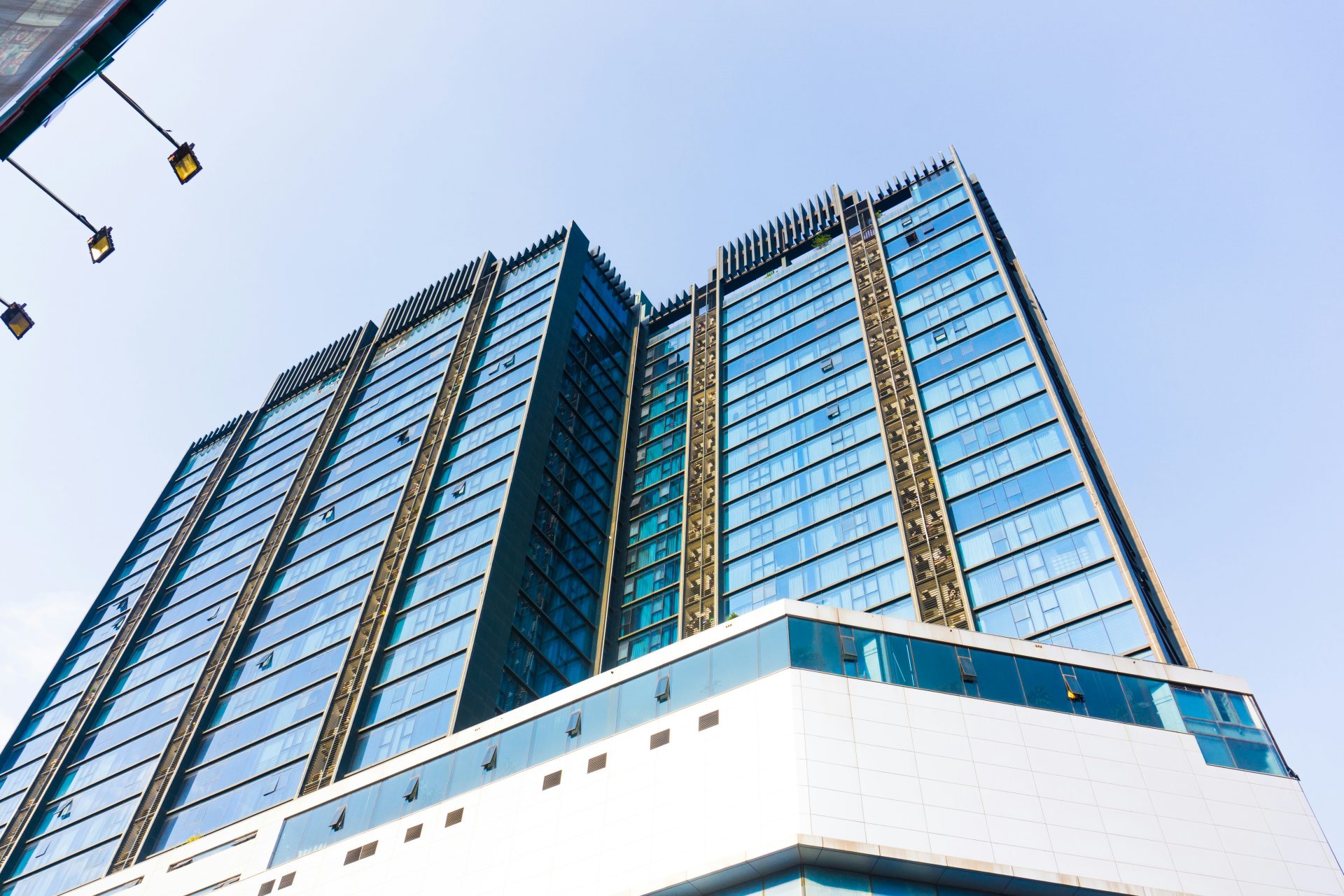Glass Price Surge: Manufacturing Costs Climb 1.1% in January's Economic Squeeze

Glass Manufacturing Sees Modest Price Increase in January
The glass and glass product manufacturing sector experienced a notable uptick in prices, with the Producer Price Index (PPI) rising 2.7% in January compared to the same period last year. This incremental growth reflects ongoing dynamics in the manufacturing landscape, suggesting subtle shifts in production costs and market conditions.
Manufacturers and industry analysts are closely monitoring these price movements, which could indicate broader trends in material costs, supply chain adjustments, and economic resilience within the glass manufacturing sector. The moderate increase hints at a stable yet evolving market environment.

